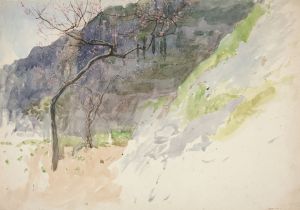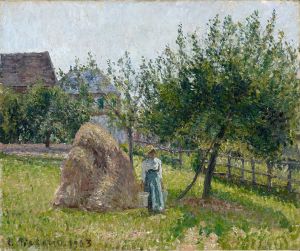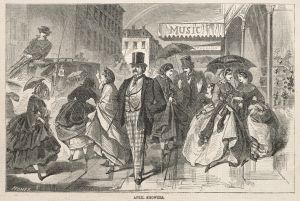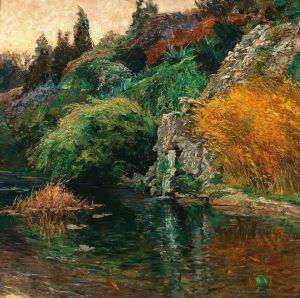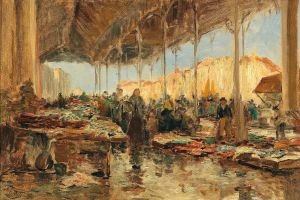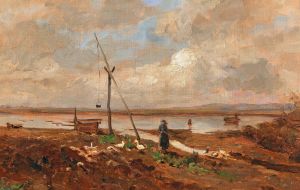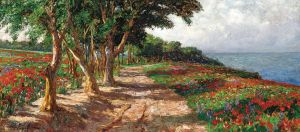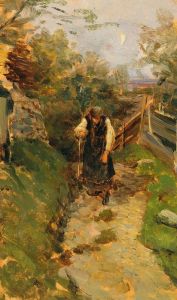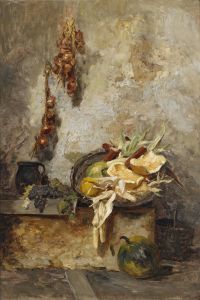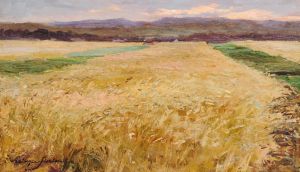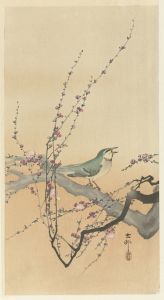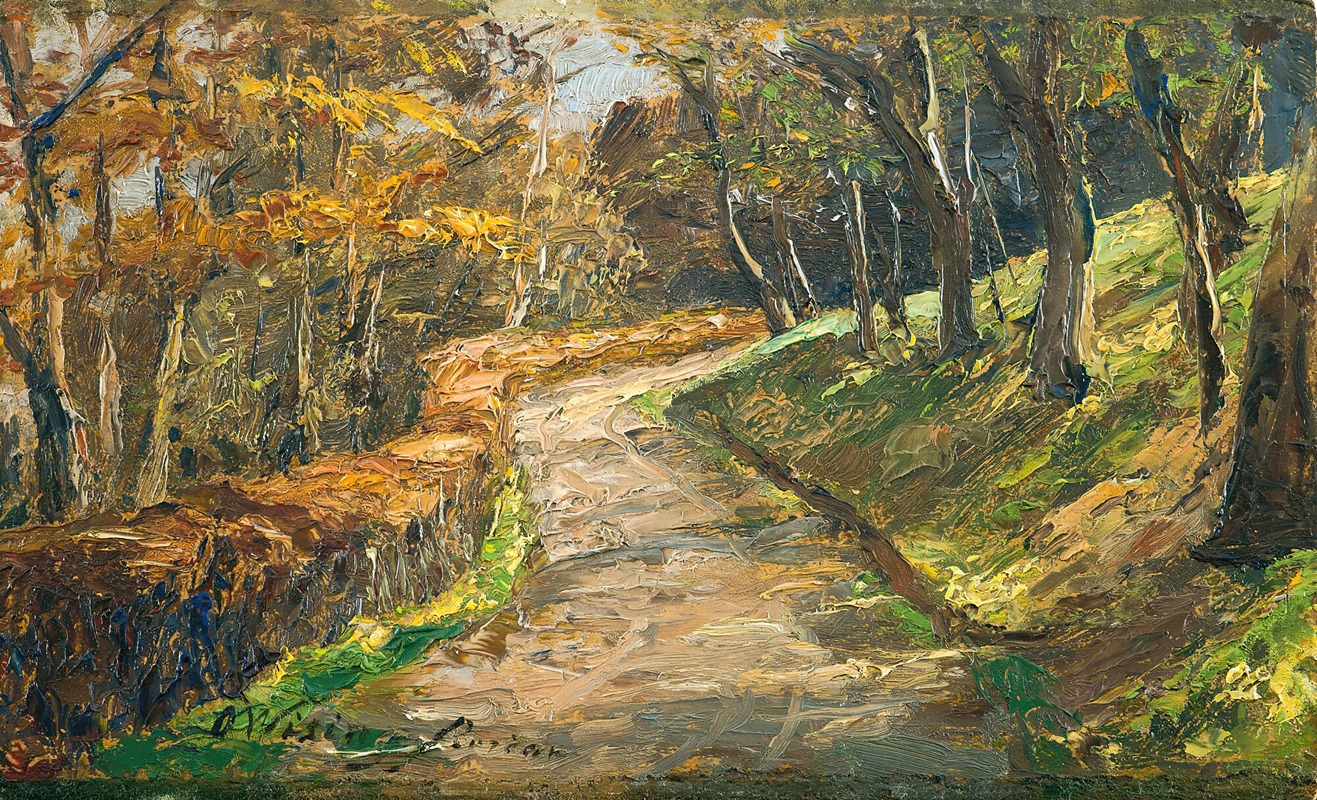
Pathway In Early Spring
A hand-painted replica of Olga Wisinger-Florian’s masterpiece Pathway In Early Spring, meticulously crafted by professional artists to capture the true essence of the original. Each piece is created with museum-quality canvas and rare mineral pigments, carefully painted by experienced artists with delicate brushstrokes and rich, layered colors to perfectly recreate the texture of the original artwork. Unlike machine-printed reproductions, this hand-painted version brings the painting to life, infused with the artist’s emotions and skill in every stroke. Whether for personal collection or home decoration, it instantly elevates the artistic atmosphere of any space.
Olga Wisinger-Florian was an Austrian painter known for her contributions to the Impressionist movement, particularly in the realm of landscape painting. Her work "Pathway in Early Spring" exemplifies her skill in capturing the subtleties of nature and the changing seasons. Born in Vienna in 1844, Wisinger-Florian initially pursued a career in music before turning to painting in her thirties. She studied under Melchior Fritsch and later with the renowned landscape painter Emil Jakob Schindler, which significantly influenced her artistic development.
"Pathway in Early Spring" is a testament to Wisinger-Florian's ability to depict the delicate transition from winter to spring. The painting captures a serene landscape, likely inspired by the Austrian countryside, which was a frequent subject in her work. Her use of light and color reflects the early Impressionist style, focusing on the effects of natural light and the changing atmosphere of the seasons. The pathway in the painting serves as a central element, guiding the viewer's eye through the composition and inviting them to explore the scene.
Wisinger-Florian was part of a group of artists known as the "Austrian Mood Impressionists," who were characterized by their focus on mood and atmosphere rather than precise detail. Her work often features a soft, almost ethereal quality, achieved through her use of loose brushwork and a muted color palette. In "Pathway in Early Spring," these techniques are evident in the gentle depiction of budding trees and the subtle play of light on the pathway.
Throughout her career, Wisinger-Florian exhibited widely, gaining recognition for her unique approach to landscape painting. She participated in numerous exhibitions in Vienna and other European cities, earning accolades for her contributions to the art world. Her work was well-received by critics and collectors alike, and she became one of the leading female artists of her time.
In addition to her artistic achievements, Wisinger-Florian was also an advocate for women's rights, particularly in the arts. She was a member of the Austrian Association of Women Artists and worked to promote the recognition and inclusion of female artists in the predominantly male art world of the 19th and early 20th centuries. Her efforts helped pave the way for future generations of women in the arts.
"Pathway in Early Spring" remains an important piece within Wisinger-Florian's oeuvre, showcasing her mastery of capturing the essence of nature and her contribution to the Impressionist movement. Her work continues to be celebrated for its beauty and emotional depth, reflecting her passion for both art and the natural world. Today, Olga Wisinger-Florian is remembered as a pioneering figure in Austrian art, whose legacy continues to inspire artists and art enthusiasts alike.





